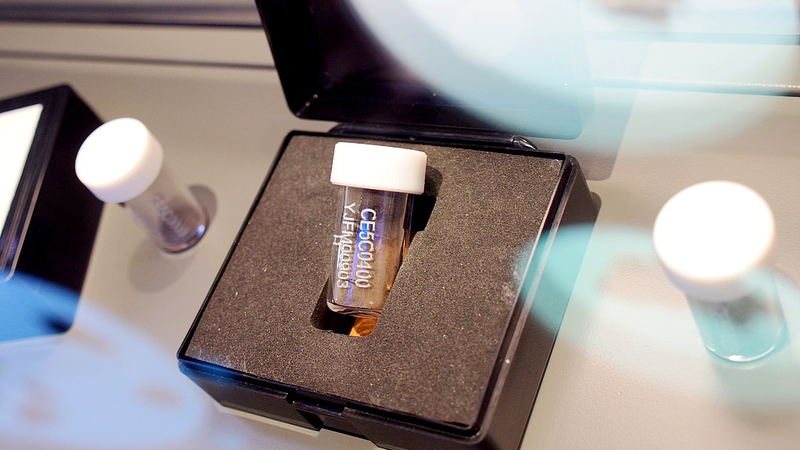Recently, tiny green glass beads returned by China's Chang'e-5 lunar mission are unlocking clues about the moon's hidden interior. Researchers from the Chinese mainland and Australia's Curtin University announced on Monday that these unusual beads could be our first direct sample from the lunar mantle.
Unlike typical lunar glass formed by meteor impacts on the surface, these beads stand out with exceptionally high magnesium content. In a press release from Curtin University's School of Earth and Planetary Sciences, lead researcher Alexander Nemchin explained that the chemistry points to a deeper origin.
These high-magnesium glass beads may have formed when an asteroid smashed into rocks that originated from the mantle deep within the moon. This is exciting, because we've never sampled the mantle directly before.
By opening a window into the moon's hidden mantle, these findings could reshape our understanding of lunar formation and evolution. Future missions may build on this approach, targeting deep-source materials to map the inner workings of celestial bodies.
The study underscores the power of international collaboration, combining advanced laboratory analyses with cutting-edge sample-return techniques. As space agencies worldwide gear up for new lunar expeditions and crewed landings, these beads hint at a treasure trove of discoveries waiting beneath the surface.
Reference(s):
Chang'e-5 collected glass beads reveal secrets of moon's deep interior
cgtn.com




